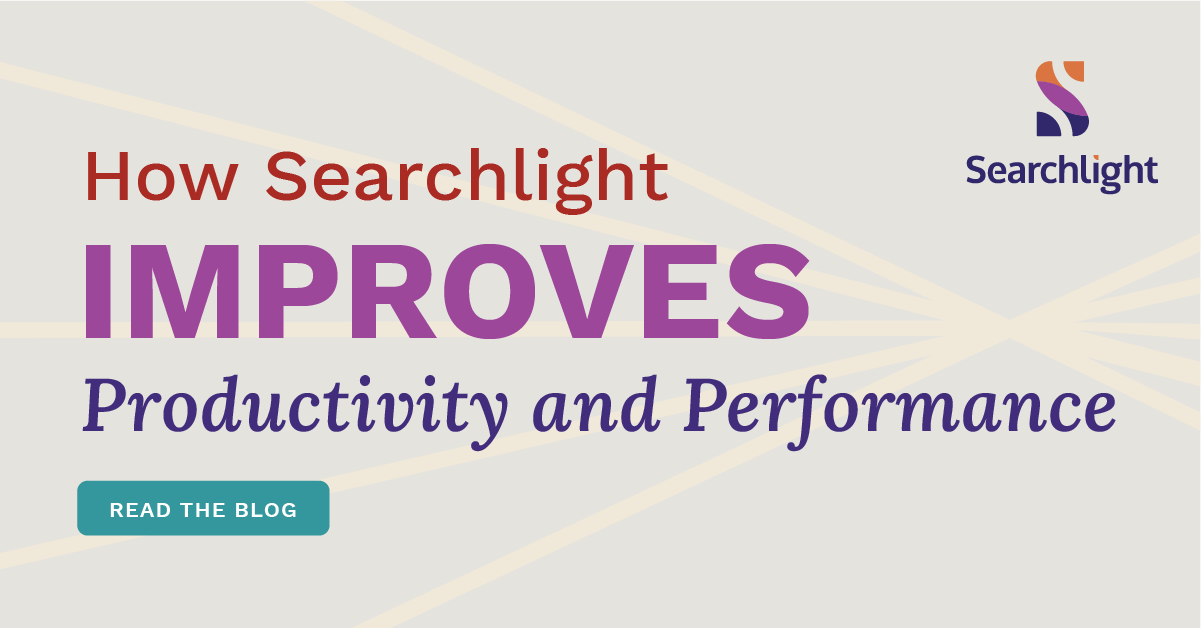Gathering behavioral data on job candidates doesn’t just improve the hiring process - it’s also an invaluable tool for improving onboarding, encouraging internal mobility, and reskilling an employee base. Behavioral data on new hires includes their competencies or “hard” skills, power skills (also called “soft skills”), cultural alignment and work motivations. As hiring slows down (particularly in sectors like technology), it becomes even more important for organizations to make full use of current employees. This is an area ripe for improvement - research from Deloitte in 2019 found that 56% of companies feel they’re doing an inadequate job of leveraging the talent they already have.
So how specifically can organizations use behavioral data to better leverage existing talent? Let’s examine three ways:
Onboarding and ongoing management
Onboarding is crucial to a new hire’s eventual success. According to a survey of employees and employers from CareerBuilder, 93 percent of employers agree a good onboarding experience is critical to influence a new hire’s decision to stay with the organization and nearly one in 10 have left a company due to a poor onboarding experience. According to Brandon Hall Group, companies that have established a robust onboarding process see an 82% improvement in new hire retention and more than 70% improvement in productivity. But remote work and the Covid-19 pandemic has made this process much more difficult.
Behavioral data helps improve onboarding despite the handicaps of doing it remotely. Understanding a hire’s power skills, culture alignment, and work motivations before a new hire’s first day allows managers to jump right into meaningful conversations and accelerate productivity. Measuring it through regular check-ins and assessments in the new hire’s first 180 days can uncover misunderstandings or disconnects between the manager and their new hire so that the manager or HR can intervene. For example, maybe there is misalignment between what the employee thought the job was and what the job turned out to be. Solving these issues early can help the new hire acclimatize and prevent problems from developing and affecting their desire to stay.
Internal Mobility
IMeasuring behavioral data also makes it easier for employees to move internally. Behavioral data does a better job than the traditional hiring process of surfacing power skills (like problem solving, customer relations or innovation) that could make an employee a fit for a new role even if they lack formal experience. This is what you want for internal mobility - employees with aptitude for a new role who can be taught the technical skills they need. Measuring and quantifying behavioral data with metrics and hard numbers can make the hiring process less focused on education and past work experience, which encourages internal mobility.
Giving employees a chance to change roles is good for their development, engagement, and retention. Moving to a new role might also be a solution if issues with an employee cannot be solved in onboarding. We’ve heard plenty of customer stories where an employee is struggling in one role, but after moving to another, they thrive.
Reskilling
Organization-wide behavioral data can reveal what the organization’s overall strengths and areas of improvement are. For example, perhaps an organization’s employee base thrives with uncertainty, but struggles to build processes. This lets management know what types of training will have the greatest impact on the employee base overall.
More sophisticated analysis can also identify the skills that most top-performing employees or teams possess, so that learning and development (L&D) teams can teach them to others. For example, if top-performing engineers tend to be collaborative and customer-focused, then L&D leaders can provide training materials on those skills to the engineering department. Building predictive talent models by department would further improve impact. What makes a great engineer is very different from what makes a great employee in another department, like marketing. Talent leaders have only a finite amount of time, so it’s important to focus their efforts on maximum impact. These types of cost-benefit calculations are impossible without measuring behavioral data.
Behavioral data isn’t just useful for hiring - it gives talent leaders the data they need to set the workforce up for success in the future. To learn more about how the Searchlight platform measures behavioral data and the science behind it, read our guide here.











